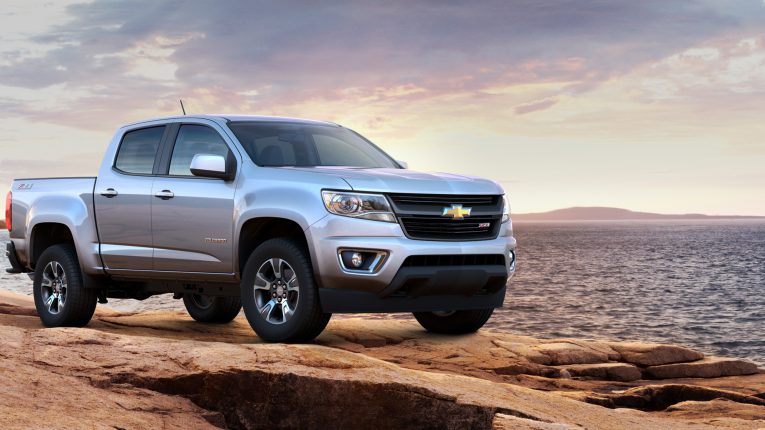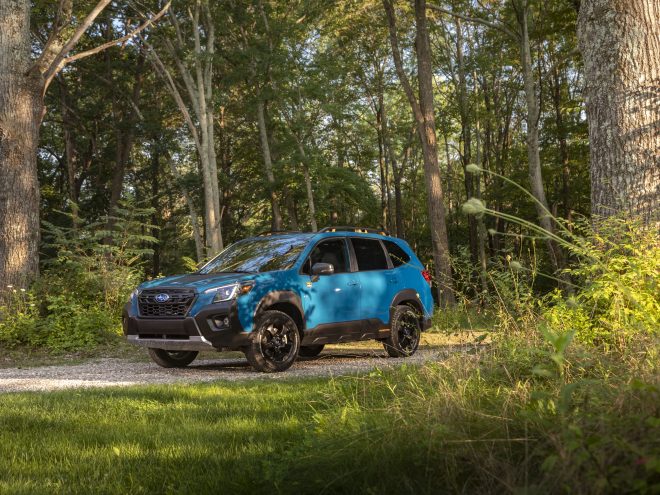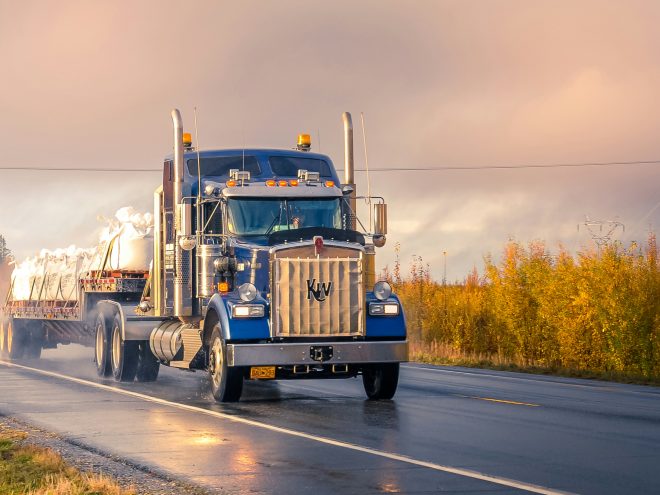
Mastering Safe Trailer Towing in Challenging Conditions
Towing a trailer can be a practical and rewarding experience, whether for recreational activities or work-related tasks. However, to ensure a safe journey, it’s essential to understand how to prepare your truck for towing, how to ready your trailer, and how to navigate icy roads when the weather takes a turn for the worse.
How to Prepare Your Truck to Safely Tow a Trailer
Before hitching your trailer, you must thoroughly prepare your truck to handle the extra load. Below are key steps to ensure your truck is up for the task:
1. Check Your Truck’s Towing Capacity:
To begin, determine your truck’s towing capacity. Refer to the owner’s manual or consult the manufacturer for specific details. It’s imperative that your truck’s capacity exceeds the weight of the trailer you intend to tow. Overloading your truck can lead to safety hazards and damage.
2. Inspect the Hitch and Receiver:
Ensure that your truck’s hitch and receiver are in good condition and compatible with your trailer. The hitch should be firmly attached and free from rust or corrosion. Verify that the receiver’s locking mechanism is secure and functioning correctly.
3. Examine the Tires and Brakes:
Your truck’s tires and brakes play a critical role in safe trailer towing. Inspect your truck’s tires for proper inflation, tread wear, and signs of damage. Adequate tire pressure is essential for stability. Moreover, make sure your truck’s brakes are in excellent working order. Worn brake pads or rotors can lead to reduced stopping power, particularly with the added weight of a trailer.
4. Adjust Your Mirrors:
To improve visibility, adjust your truck’s side mirrors to give you a clear view of the trailer. Some vehicles may require extended mirrors to see around wider trailers. Proper visibility is crucial for safe lane changes and reversing.
5. Secure Your Load:
If you’re transporting cargo within your truck, ensure it is securely fastened or stowed to prevent shifting during the journey. Unsecured items can cause instability and pose a danger when towing a trailer.
How to Prepare Your Trailer for Safe Towing
Equally important is preparing your trailer for a safe and smooth towing experience. If the trailer is a rental, you are still responsible as the driver to inspect the trailer and ensure it is safe. Here’s what you should consider:
1. Lights and Electrical Connections:
Begin by checking all the trailer’s lights, including brake lights, turn signals, and running lights. Ensure they are functional and that the electrical connections between the truck and the trailer are secure. Faulty lights can lead to accidents, especially when driving at night.
2. Brakes:
If your trailer is equipped with brakes, they should be in proper working order. Regularly inspect the brake system, including the brake pads and wiring. Ensure that the trailer’s brakes are synchronized with the truck’s braking system for effective stopping power.
3. Tires and Suspension:
Examine the trailer’s tires for proper inflation, wear, and damage. Ensure that the suspension system is functioning correctly and that the trailer’s load is evenly distributed. A balanced load minimizes the risk of sway and instability during towing.
4. Secure Your Cargo:
If you’re transporting cargo within the trailer, secure it properly to prevent shifting while in transit. Use tie-downs, straps, or cargo nets as necessary. Unsecured items can alter the trailer’s balance and cause handling issues.
5. Verify Registration and Insurance:
Before hitting the road, confirm that your trailer is registered and insured. Compliance with legal requirements not only safeguards you in the event of an accident but also ensures you won’t face legal penalties.
How to Safely Pull a Trailer on Icy Roads
Towing a trailer on icy roads presents an additional set of challenges that require special attention and preparation. Here’s how to safely navigate these treacherous conditions:
1. Winterize Your Truck:
Ensure your truck is winter-ready. Install winter tires to enhance traction and handling on icy surfaces. It’s also wise to carry a set of tire chains, especially if you’ll be traveling through areas with unpredictable weather.
2. Reduce Speed and Maintain Distance:
Icy roads demand reduced speeds and increased following distances. Drive at a speed that matches the conditions, which may be significantly slower than posted speed limits. Maintain a safe distance from the vehicle ahead to allow for longer stopping distances.
3. Gentle Acceleration and Braking:
When pulling a trailer on icy roads, be gentle on the accelerator and brake pedals. Sudden or aggressive inputs can lead to skidding or loss of control. Gradually accelerate and decelerate to maintain stability.
4. Monitor Weather Updates:
Stay informed about weather conditions along your route. Listen to weather forecasts and be prepared to adjust your travel plans if conditions deteriorate. Sometimes, delaying your trip or choosing an alternative route is the safest option.
5. Practice Trailer Stability:
In icy conditions, trailer sway can become more pronounced. Familiarize yourself with how your trailer behaves in these conditions and practice maintaining stability. If your trailer has anti-sway features, ensure they are engaged.
6. Stay Cautious and Alert:
Icy roads require heightened awareness. Keep your hands on the wheel, avoid distractions, and constantly monitor your surroundings. Be prepared for sudden changes in road conditions and the behavior of other drivers.
Towing a trailer can be a practical and rewarding experience, but safety should always be the top priority. By following these guidelines on how to prepare your truck, trailer, and how to navigate icy roads, you can ensure a safe and trouble-free towing experience, even when faced with challenging conditions.









